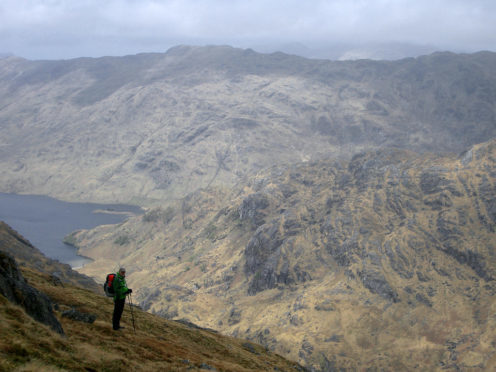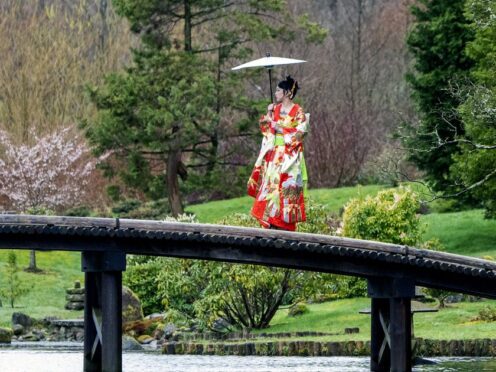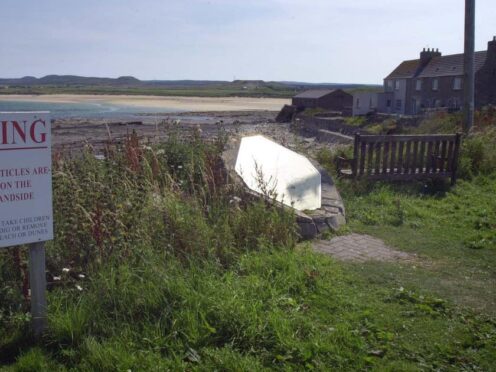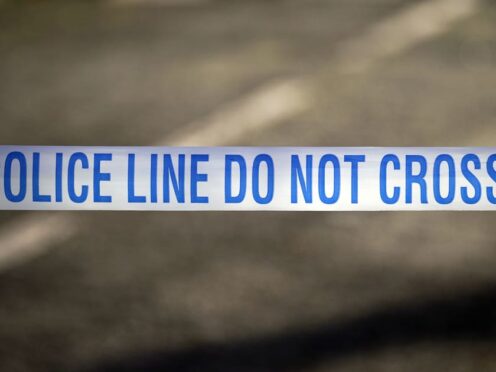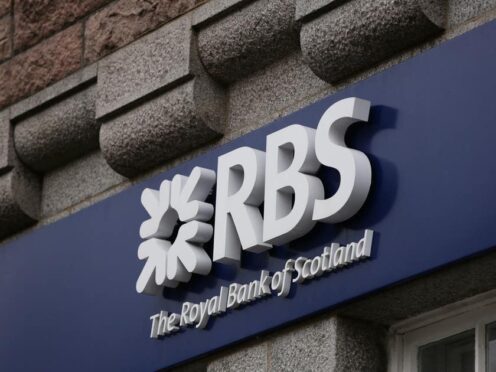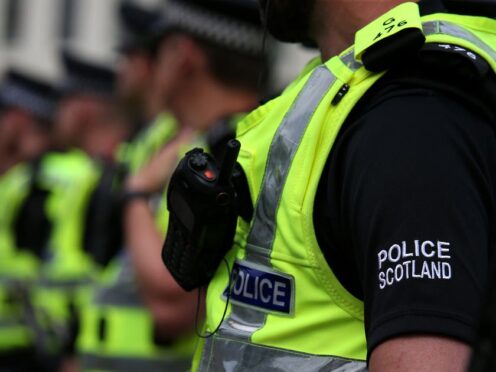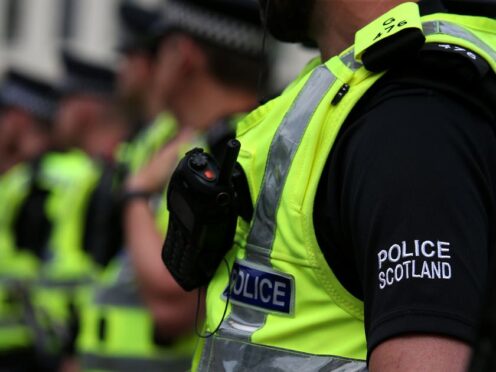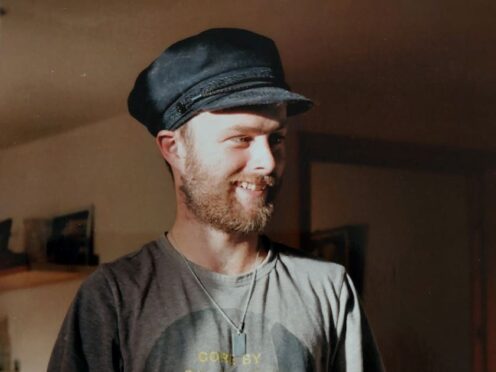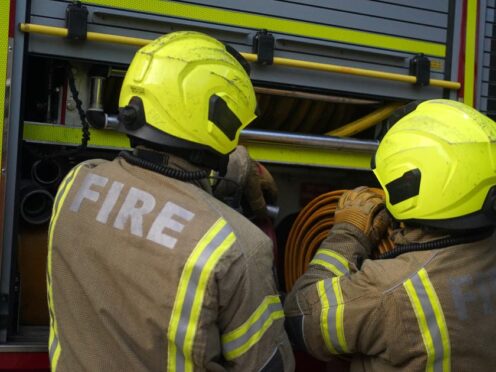Gamekeepers have embraced the new Muirburn Code and are sharing their expertise with fire crews who battle wildfires across Scotland’s countryside.
Sunday marked the official end of this year’s Muirburn season, with the controlled burning technique having been used for centuries on moorland to regenerate Scotland’s famous purple heather, while protecting against wildfires.
This season, estate owners and gamekeepers have been working to a revised Muirburn Code, launched by the Scottish Government in September 2017.
They have also been working in close partnership with the fire service to ensure that controlled burning is conducted safely and responsibly.
Controlled seasonal burning and cutting is seen as one of the most effective means of reducing the risk of damage from wildfires by providing breaks in continuous moorland cover and reducing fuel load.
Iain Hepburn, who is head gamekeeper at Dunmaglass Estate and also a part-time firefighter with the SFRS, has been engaging with firefighters to share best practice when it comes to tackling wildfires on moorland.
He said: “We fully support the new muirburn code and recognise the importance of controlled burning on moorland to help in the fight against the risk of wildfire.
“One of the most effective methods of tackling wildfire is a technique known as ‘back burning’, whereby you control a fire by lighting another in a strategically placed position which then burns towards the wildfire and in turn puts out both fires.
“This requires a lot of skill and knowledge. The practices we use on the estate can then be shared to the benefit of fire crews and communities in rural areas across the Highlands.”
